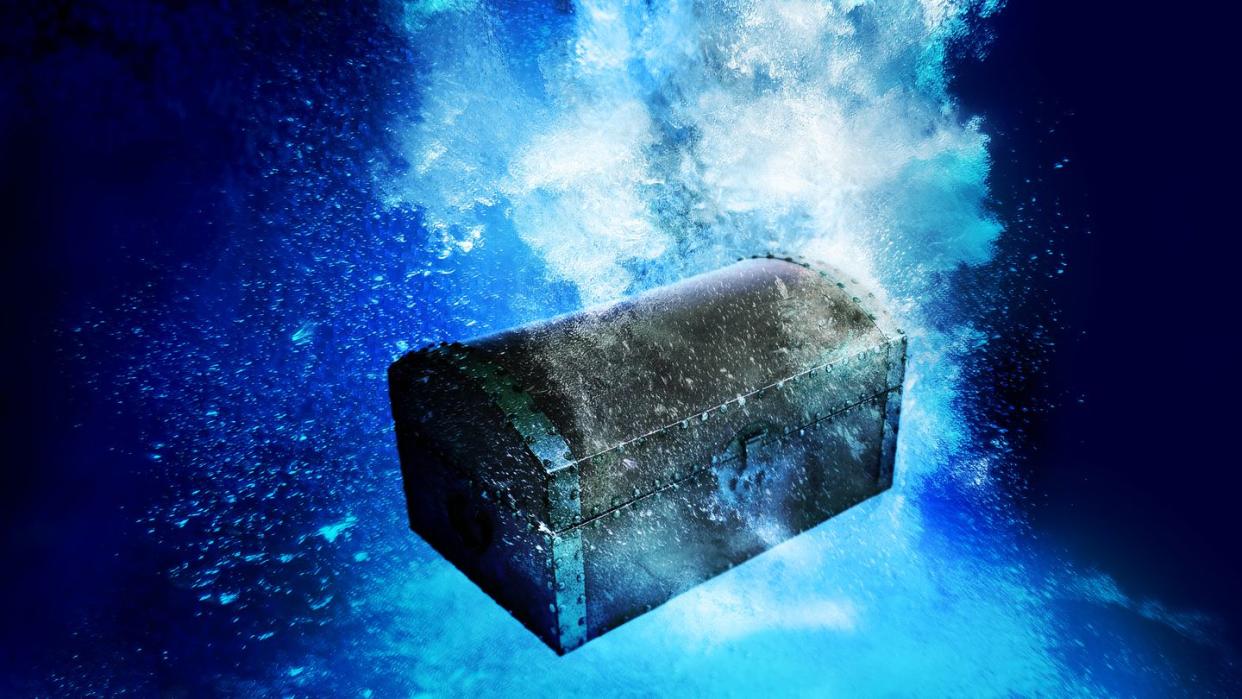A Diver Uncovered The Treasure Of A Lifetime—And It May Lead To A Hidden Shipwreck

A diver just stumbled upon more than 30,000 ancient coins off the coast of Italy.
Cultural ministers believe the find could point toward a lost shipwreck in the region.
The bronze and copper coins were originally minted in Rome.
A diver stumbled across the find of a lifetime off the coast of Sardinia when a stray shiny item loosened itself from the sea grass below. That metallic sheen turned out to herald a bounty of more than 30,000 bronze and copper coins minted in Rome during the fourth century.
“The treasure found in the waters of Arzachena represents one of the most important discoveries of numismatic finds in recent years,” Luigi La Rocca, director general of archaeology, fine arts, and landscape for the region, says in a translated statement from the Italian culture ministry.
Near the town of Arzachena, divers were trolling an area of sandy clearing near the beach that was also surrounded by seagrass. That one coin soon yielded tens of thousands of others, all in an “excellent and rare state of preservation” and dating back to between 324 and 340 AD. The ministry says that, thanks to the weight of the coins, there could be at least 30,000 of them and as many as 50,000. That would make this one of the largest ancient coin finds in the past few decades.
And it may even point to a completely undiscovered hidden shipwreck.
The underwater makeup of the region has the potential to preserve a lost shipwreck, which could explain the finding of so many coins in one spot. While there is no news yet of a wreck being found, experts remain hopeful that one could turn up after further investigation.
Right now, buried treasure enthusiasts will have to content themselves with the excitement of the huge bounty of coins discovered littering the seafloor. The follis coins—found in both bronze and copper—were used first by the Romans and then later by the Byzantine Empire.
When the divers first saw the coins, they contacted authorities and art protection squad drivers joined with the ministry’s undersea archaeology department, firefighter divers, and border police divers to dig into the area. Alongside the coins, the divers also located walls of narrow-necked jugs with two handles, which also helped point experts towards the idea that a shipwreck may be nearby.
“(The finding) highlights the richness and importance of the archaeological heritage that our seabed, traversed by men and goods since the earliest times, still guards and preserves,” La Rocca said.
You Might Also Like

